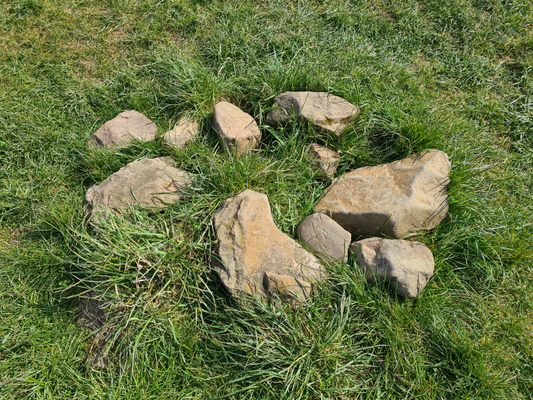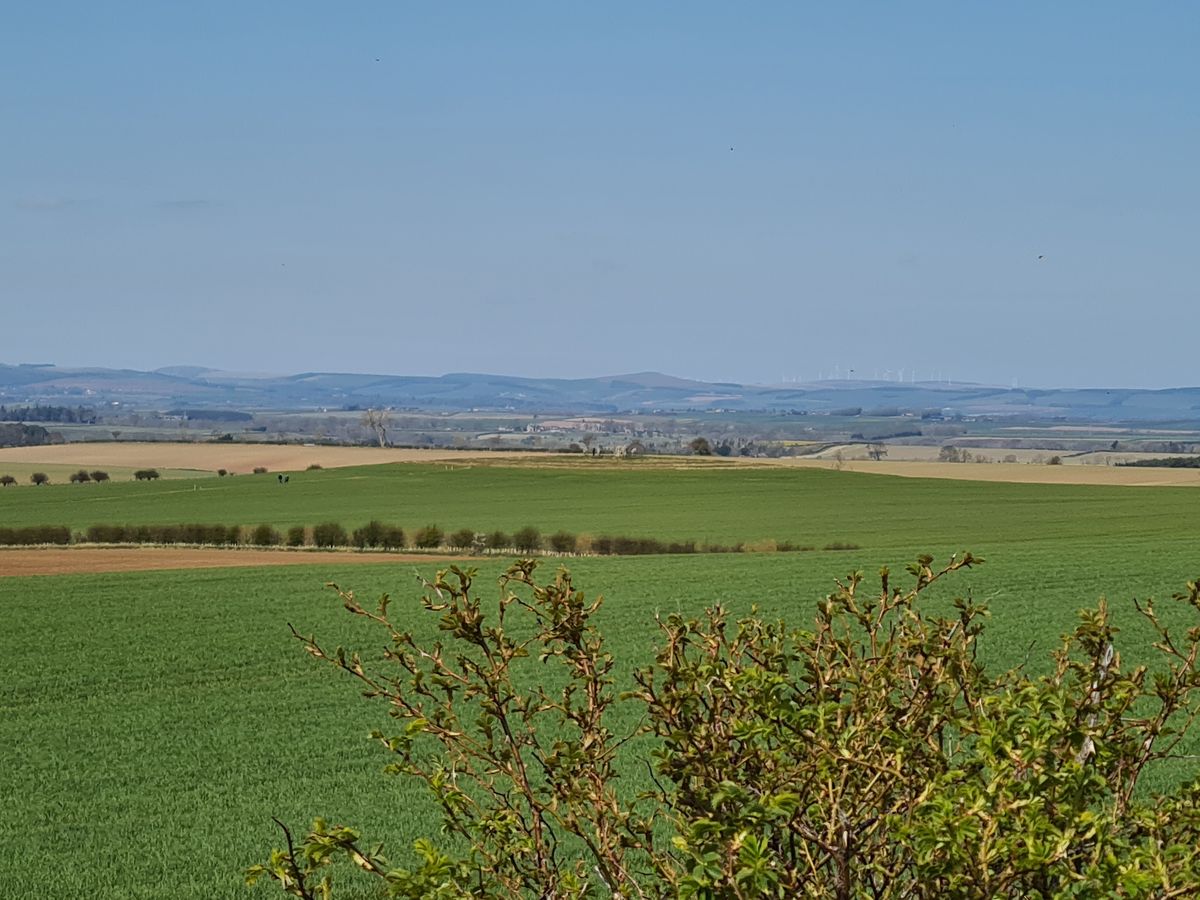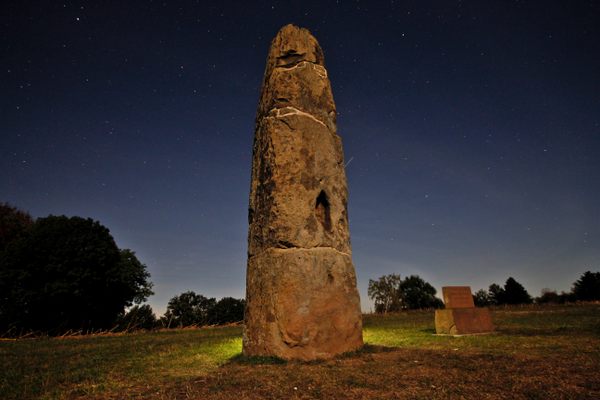About
The Duddo Five Stones are a stone circle found in Northumberland. They date to either the Neolithic or Bronze Age.
Previously, this structure was known as the Four Stones, but in 1903 a fifth stone was found nearby and re-erected to "improve" the skyline. But the five-stone layout is still not the original layout of the circle, as archaeologists have found that there were originally six or seven standing stones. An excavation in the 1890s found the empty sockets of two stones on the western side of the circle. The still-missing stone(s) have never been found, accounting for the gap still visible in the circle.
Despite its lost stone(s), the circle is considered the best-preserved ancient monument in Northumberland. The tallest of the standing stones measures 2.3 meters (7.5 feet) high, while the shortest comes in at 1.5 meters (4.9 feet). They are tapered towards the bottom, giving them a slightly vulnerable appearance. The circle itself is actually quite compact in its design with a diameter of just 10 meters (32.9 feet).
The stones are formed of soft sandstone. Because of this, they have become deeply fissured by natural weathering in the centuries since the circle was first erected. However, some say that you can still make out "cupping" designs on some of the stones (stone three as labeled on the sign nearby). The grooves that have been weathered into the stones may account for the stone circle's nickname, "the Singing Stones." One theory is that as the wind blows over the weathered grooves it creates a musical sound.
A partial excavation of the site in 1890 also located a central pit roughly two meters in diameter containing "much charcoal and bone," suggesting that it may have been used as a cremation site. A later investigation in 1923 found a fragment of pottery, suggesting it was a possible cremation vessel.
The Duddo Five Stones provide impressive views of the surrounding area, taking in the Cheviots and England in one direction and the border with Scotland only six kilometers away. It is well-deserving of the title of the most dramatically situated stone circle in Northumberland.
Related Tags
Know Before You Go
The stones are located on private land with no formal right of way. However, the landowner has cleared a path across the field to the stones. The circle is accessible via the B5364 road, through a gate and up a path.
It can be very muddy. Wear good shoes and avoid shorts.
Community Contributors
Added By
Published
October 6, 2022


































